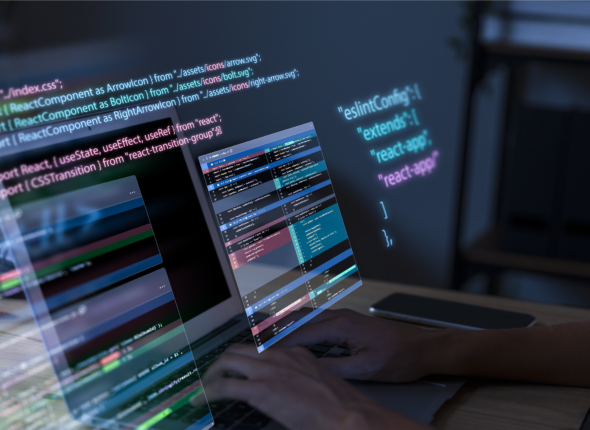
Basics of Embedded Programming
- C/C++ Programming: C and C++ are the most commonly used programming languages in embedded systems development. You’ll learn how to write efficient, low-level code to interact with hardware peripherals and manage system resources.
- Microcontrollers/Microprocessors: Understanding the architecture and features of various microcontrollers/microprocessors will be essential. Common ones include Arduino, Raspberry Pi, STM32, PIC, AVR, etc.
- Embedded Hardware: You’ll learn about different hardware components like sensors, actuators, communication interfaces (SPI, I2C, UART), and how to interface them with microcontrollers.
- Embedded Operating Systems: Some projects might involve working with real-time operating systems (RTOS) or bare-metal programming, where you’ll directly interact with hardware without an OS.
- Programming Tools and IDEs: You’ll get hands-on experience with tools like compilers, debuggers, emulators, and integrated development environments (IDEs) that are commonly used in embedded development.
- Protocols: Understanding communication protocols such as UART, SPI, I2C, USB, Bluetooth, and Wi-Fi will be important, especially in IoT-related projects.
- Embedded Software Design: You’ll learn how to architect and organize code for embedded systems efficiently, considering resource constraints.
- Debugging and Testing: Finding and fixing bugs in embedded systems can be challenging, so you’ll learn various debugging techniques and testing methodologies.
- Version Control: Working with version control systems like Git will be an essential skill to collaborate with other team members and track changes in the codebase.
- Documentation and Reporting: Clear and concise documentation is crucial in embedded projects. You’ll likely learn how to document your code, designs, and project progress effectively.
- Project Management: You will be involved in project planning, setting milestones, and meeting deadlines.
The curriculum is empty










